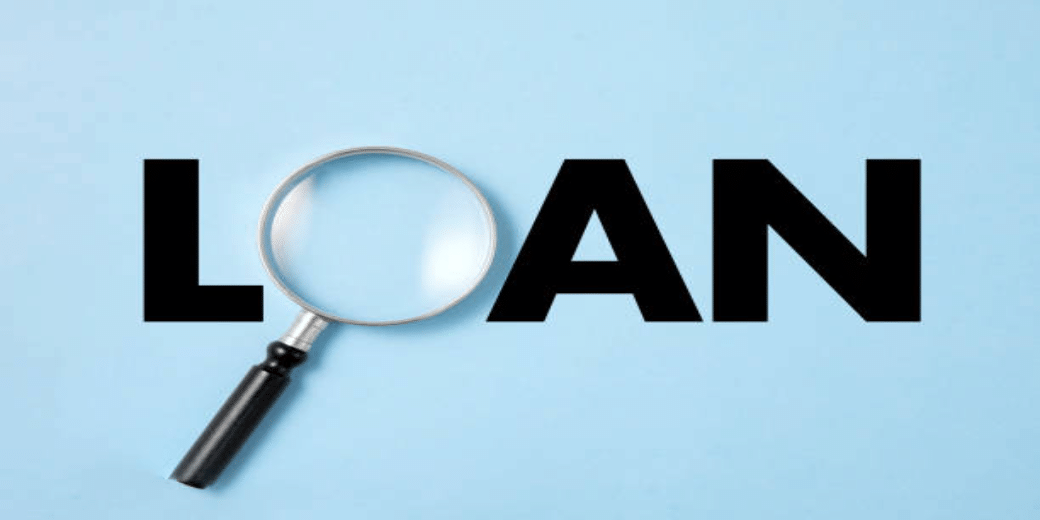How much loan will you get for buying a house? Know here.
The amount of loan will depend on the Loan-to-Value Ratio. This indicates how much loan can be obtained based on the value of the house.

Sample this: Rahul (name changed) is planning to buy a house. It’s difficult for him to raise a large sum at one go. That’s why, he will fulfil his dream of owning a home with the help of a loan.
But how much loan can be obtained from the bank? And how will he arrange for balance of the amount or the down payment?
Rahul is puzzled about it. If he can find out his loan’s LTV Ratio, that is Loan-to-Value Ratio then all the calculations will be easy for him.
What is this LTV Ratio and how is it determined? Let’s find out here.
According to RBI guidelines, banks can only give a loan up to a certain limit of the property value.
The amount of loan will depend on the Loan-to-Value Ratio. This indicates how much loan can be obtained based on the value of the house.
Under RBI rules, if the value of the house is up to 30 lakh rupees, then the bank can provide a home loan of up to 90 percent. If the value of the house is between 30 lakh and 75 lakh rupees, then the Loan-to-Value Ratio can be up to 80 percent and if the property value is above 75 lakh rupees, then the bank can provide a loan of up to 75 percent of the house value.
Suppose you buy a property worth 60 lakh rupees, then according to RBI rules, the bank can provide a Loan-to-Value Ratio of up to 80 percent. But it is not necessary that the lender will give you the full 80 percent loan.
If the bank’s Loan-to-Value Ratio is 70 percent, then, you will get a home loan of 42 lakh rupees, the remaining amount of 18 lakh rupees will have to be paid from your pocket, this is called a down payment.
When you apply for a loan, it is not necessary that you get as much loan as you want. In determining the LTV Ratio, banks consider many things such as the borrower’s ability to repay, his income and all existing loans, his age and the condition of the property being purchased are also taken into account.
Now let’s see what is the formula for calculating the LTV Ratio. It is calculated based on the loan amount available on the property’s value which is being purchased.
Divide the loan amount by the value of the property and then multiply by 100.
For example, Rahul is about to finalise a deal worth 50 lakh rupees. According to RBI rules, he can get a loan of up to 80 percent, this will be 40 lakh rupees. But based on Rahul’s financial condition, the bank approves only a loan of 35 lakh rupees. In this case, the LTV Ratio of Rahul’s house will be 70 percent. That is 35 lakh rupees fivided by by 50 lakh rupees and mutltiplied by 100. Here, Rahul will have to make a down payment of 15 lakh rupees.
If Rahul increases the amount of the down payment, then, the LTV Ratio will be reduce further.
Lenders prioritise customers who make higher down payments. The lower the LTV Ratio, the easier it is for banks to lend. Tax and investment expert Balwant Jain says, that in case of home loans, the Agreement-to-Sell value of the property does not matter. The bank will evaluate property based on its own valuation. It will consider the loan based on the lower of the two values.
Jain says that the buyer’s annual income, age, and credit history are quite significant in case of loan approval.
If your Loan-to-Value Ratio is low, then the bank’s risk margin decreases. In this case, the bank can offer you a loan at a lower interest rate but for this, you will have to negotiate with the lender. Without negotiation, no bank will reduce the interest rate.
In this situation, if you, like Rahul, are also planning to buy a house via home loan then, you shoul d try to arrange a good amount for the down payment first.
Higher the amount you pay as down payment, the lower your Loan-to-Value Ratio will be.
This will make it easier for you to take a home loan and, you may also have to pay lower interest.

